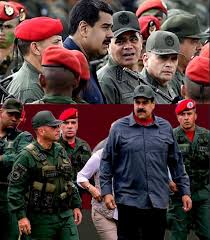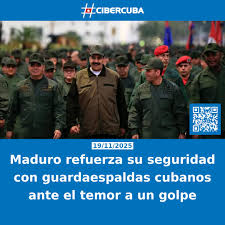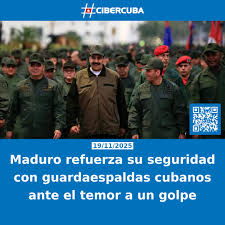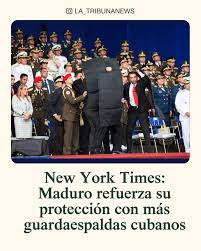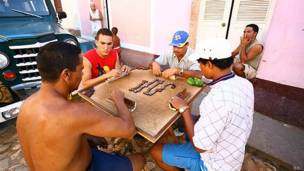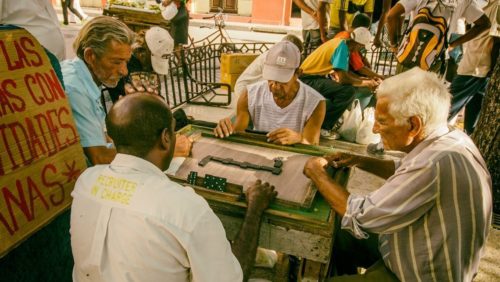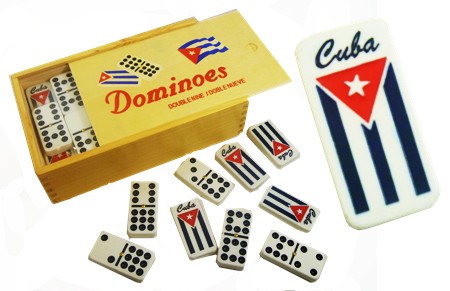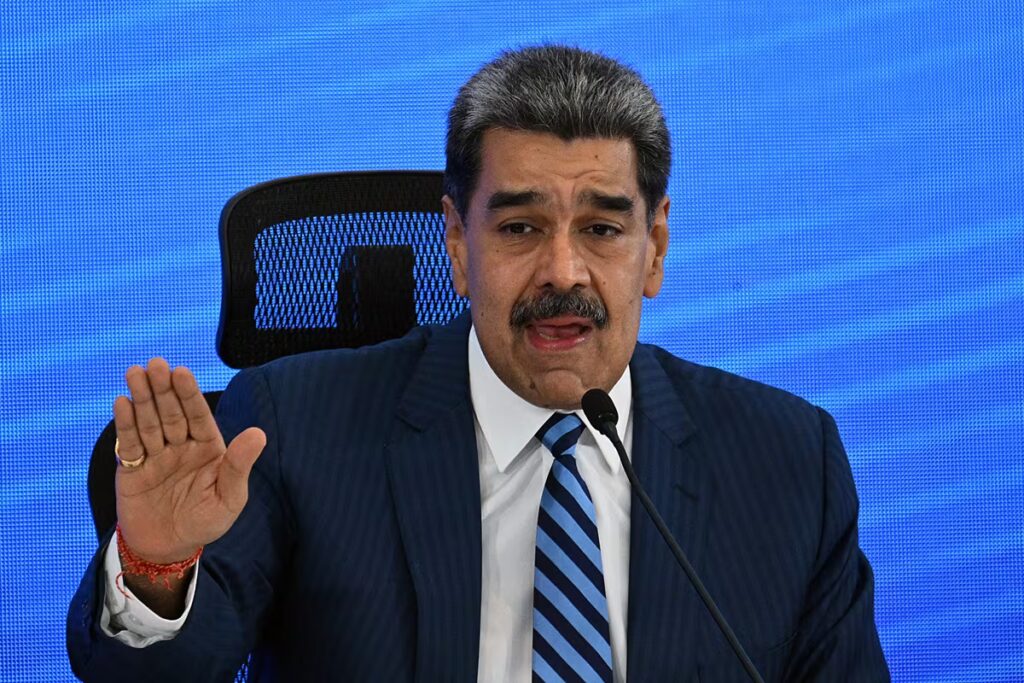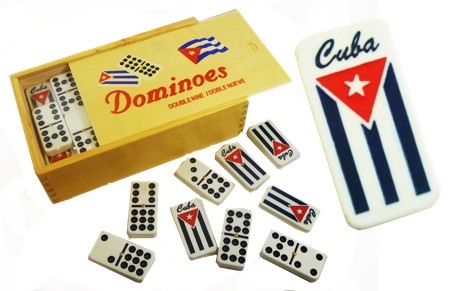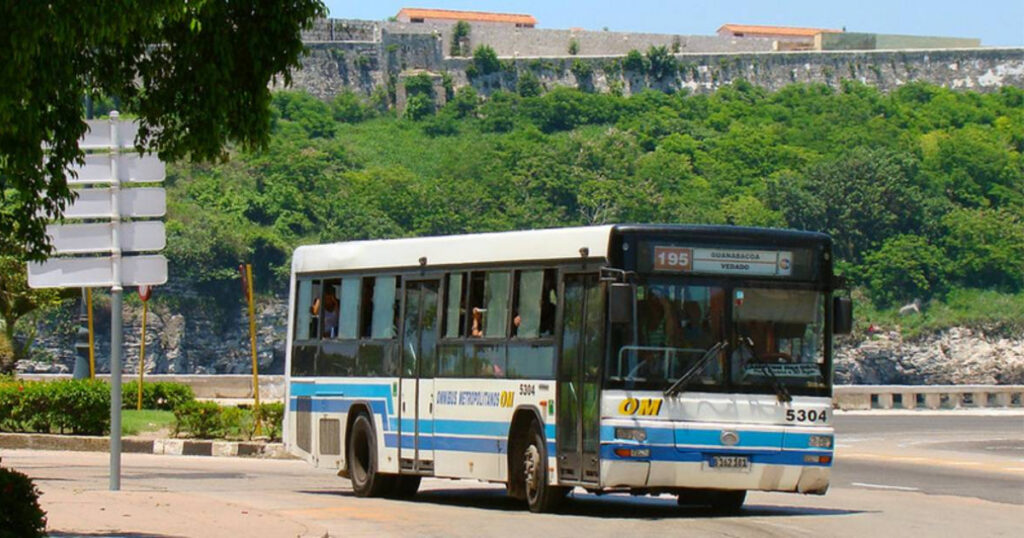
LA PALABRA CUBANA “GUAGUA” USADA EN EL ARGOT DE LA ISLA. DE DONDE VIENE? PHOTOS.
En Cuba, el término “guagua” se utiliza para referirse a vehículos automotores que prestan servicios de transporte de pasajeros. Se cree que es una palabra 100% cubana y su uso se remonta al siglo XIX, pero hay diferentes versiones sobre su origen.
Una de ellas remite al inglés, sugiere que guagua es una adaptación fonética de la palabra ‘waggon’ que significa vagón, por aquellos vagones que se usaban a finales del siglo XVIII y principios del XIX para transportar pasajeros en coches tirados por caballos.
ALGUNAS VERSIONES DEL ORIGEN
El nombre de Guagua se le atribuye al cubano Esteban Pichardo (1836) quien fue el primero en registrarla, según Corominas. En cambio, este autor en su Diccionario Crítico Etimológico no da fecha para la documentación de guagua ‘autobús’, aunque para él dicho término “es cubano desde luego”, y opina que puede ser adaptación del inglés waggon, ‘carruaje’. Los americanos, según nos informa, denominaban así los carruajes de transporte militar y un automóvil mediano empleado para el transporte gratuito de personas.
Tal vez habría que empezar diciendo que la palabra guagua se usa en la expresión de guagua y como sustantivo, equivalente en este caso a autobús. La expresión de guagua, ‘de balde’, es más antigua y se registra en América y España en el siglo XIX.
La palabra “guagua” que para los cubanos significa autobús viene del inglés Wa & Wa Co. Inc. (Washington, Walton, and Company Incorporated) que fue la primera fábrica estadounidense en exportar autobuses a la isla. El logo de Wa & Wa Co., Inc. era una liebre blanca azul y roja, colores de la bandera norteamericana, y figuraba prominentemente en el frente, fondo y costados de todos sus autobuses.
Visto esto, es probable que, después de la guerra por la independencia de Cuba (1898), la inmediata ocupación americana y la posterior dependencia económica, en la isla antillana estuvieran en uso dicho tipo de vehículos.
Y hablando de niños, ómnibus y guaguas le diremos que durante la época colonial el gobierno español del Perú, ordenó que en los espectáculos y transporte públicos los niños menores de seis años serían admitidos sin pagar nada, gratis! De ahí surgió la frase popular “viajar de guagua” que equivalía a viajar gratis. Durante esa época se realizaban en La Habana obras civiles y militares en la zona del Vedado.
Los trabajos se demoraban mucho porque los trabajadores tenían que ir y venir a pie, ya que ganaban poco, y se dio la orden oficial que los trabajadores de esas obrar no se les cobrara pasaje. Los dueños pusieron el grito en el cielo. Pero el oficial que había llegado hacia poco del Perú y estaba al frente de las obras los convenció rápidamente: “¡Rediez!, ordenó, esta es una obra militar de defensa y ustedes tienen la obligación de ayudar al gobierno llevando a los trabajadores “de guagua”, oyeron bien, “de guagua!”. Pronto los habaneros y toda Cuba hizo extensiva esa denominación a todo transporte de pasajero

En cuanto a Canarias, guagua ‘autobús’ no se registra en vocabularios de las dos primeras décadas del siglo XX. J. Reyes (1918), por ejemplo, que registra para Tenerife la expresión de guagua, no registra guagua como término equivalente a autobús. Más tarde, Luis y Agustín Millares, que sí lo hacen en Léxico de Gran Canaria (1924) y Cómo hablan los canarios (1932), hablan del origen americano del término. Según ellos, las guaguas eran entonces “los ómnibus, hoy automóviles, que explotan el servicio de transportes entre los dos puntos extremos de la población: el Puerto de la Luz y el barrio de San José”.
En Tenerife, según testimonio de personas mayores, todavía en los primeros años de la década de los cuarenta se empleaba la voz jardinera para designar al vehículo de transporte público, y fue por esos años cuando se extendió rápidamente, a partir de la capital, la voz guagua en lugar no de autobús, término que nunca se había usado, sino de jardinera.
Así, pues, teniendo en cuenta lo anterior y, sobre todo, que los primeros lexicógrafos que registran guagua hablan de su origen americano, parece más lógico pensar que dicha voz haya venido de Cuba a Canarias, como un elemento más del equipaje que, a su regreso, traían nuestros emigrantes.

THE CUBAN WORD “GUAGUA” USED IN THE ISLAND’S SLANG. WHERE DOES IT COME FROM? PHOTOS.
In Cuba, the term “guagua” is used to refer to motor vehicles that provide passenger transport services. It is believed to be a 100% Cuban word and its use dates back to the 19th century, but there are different versions about its origin.
One of them refers to English, suggesting that guagua is a phonetic adaptation of the word ‘wagon,’ referring to the wagons used in the late 18th and early 19th centuries to transport passengers in horse-drawn carriages.

SOME VERSIONS OF ITS ORIGIN
The name Guagua is attributed to the Cuban Esteban Pichardo (1836), who was the first to register it, according to Corominas. However, this author, in his Critical Etymological Dictionary, does not provide a date for the documentation of *guagua*, meaning ‘bus,’ although he considers the term “certainly Cuban,” and suggests it may be an adaptation of the English *wagon*, meaning ‘carriage.’ According to him, Americans used this term for military transport vehicles and a medium-sized automobile used for free passenger transport.
Perhaps it should be noted that the word *guagua* is used both in the expression *de guagua* and as a noun, equivalent in this case to *bús* (bus). The expression *de guagua*, meaning ‘for free,’ is older and is recorded in the Americas and Spain in the 19th century.
The word *guagua*, which for Cubans means bus, comes from the English *Wa & Wa Co. Inc.* (Washington, Walton, and Company Incorporated), which was the first American factory to export buses to the island. The logo of Wa & Wa Co., Inc. was a white, blue, and red rabbit—the colors of the American flag—and it was prominently displayed on the front, back, and sides of all their buses.
Given this, it’s likely that, after the Cuban War of Independence (1898), the subsequent American occupation, and the ensuing economic dependence, these types of vehicles were in use on the island.
And speaking of children, buses, and coaches, we should mention that during the colonial era, the Spanish government of Peru ordered that children under six years old be admitted to shows and public transportation free of charge! This is where the popular phrase “viajar de guagua” (to travel by bus) originated, meaning to travel for free. During that time, civil and military works were being carried out in the Vedado district of Havana.
The work was taking a long time because the workers had to walk to and from the construction sites, as they earned little, and an official order was issued that the workers on these projects should not be charged for their fares. The owners were outraged. But the officer who had recently arrived from Peru and was in charge of the construction quickly convinced them: “Good heavens!” he ordered, “this is a military defense project, and you have an obligation to help the government by transporting the workers by bus—you heard right, by bus!” Soon, Havana residents and all of Cuba adopted that term for all passenger transport.


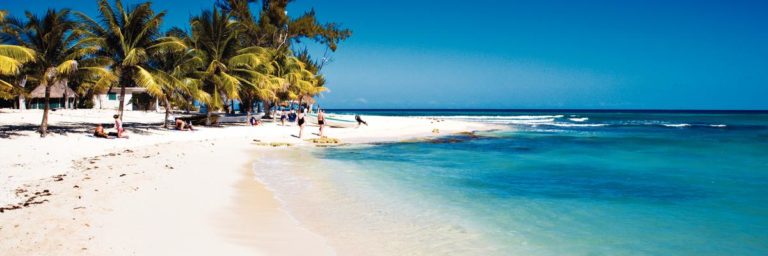
Agencies/ Wiki/ GuaguaHist/ Internet Photos/ Arnoldo Varona/ TheCubanHistory.com
THE CUBAN HISTORY, HOLLYWOOD.





